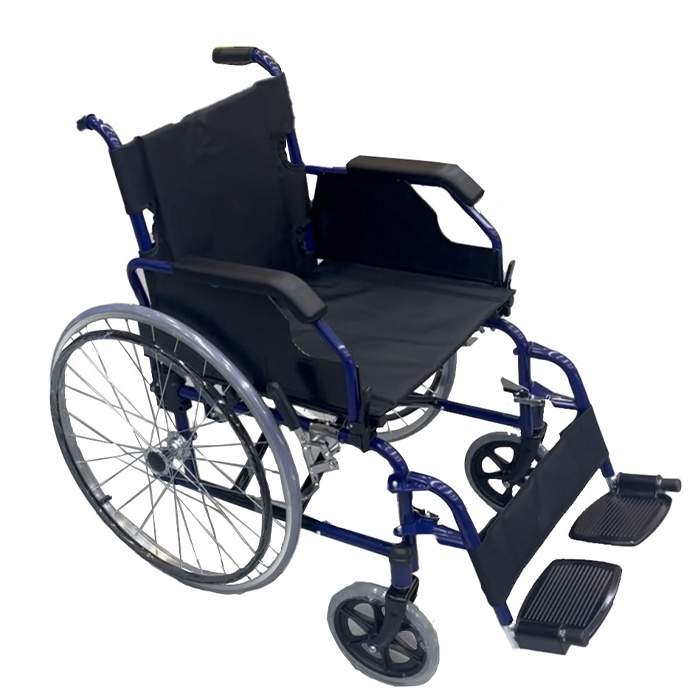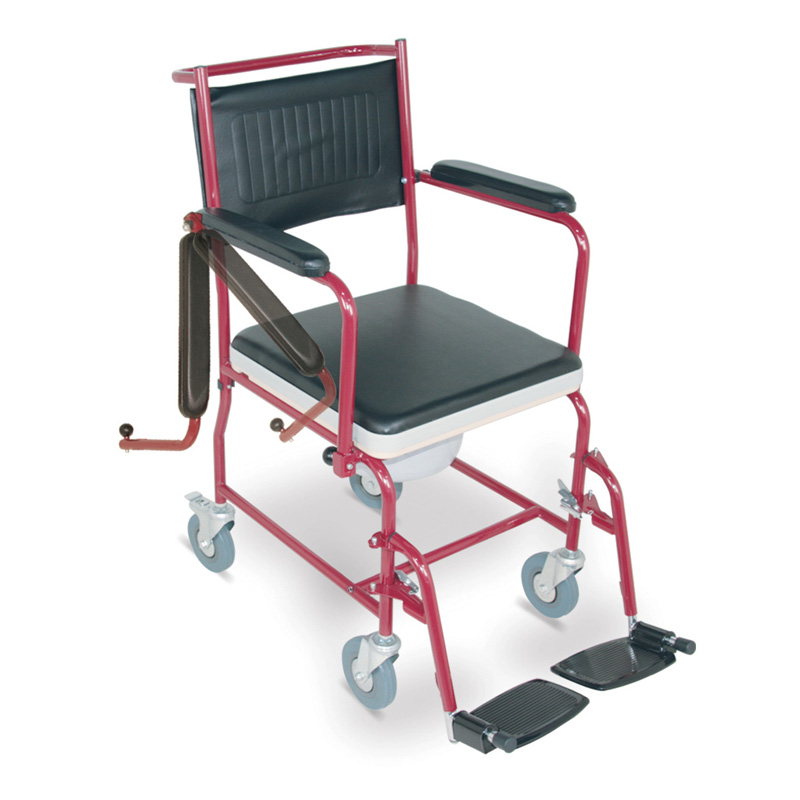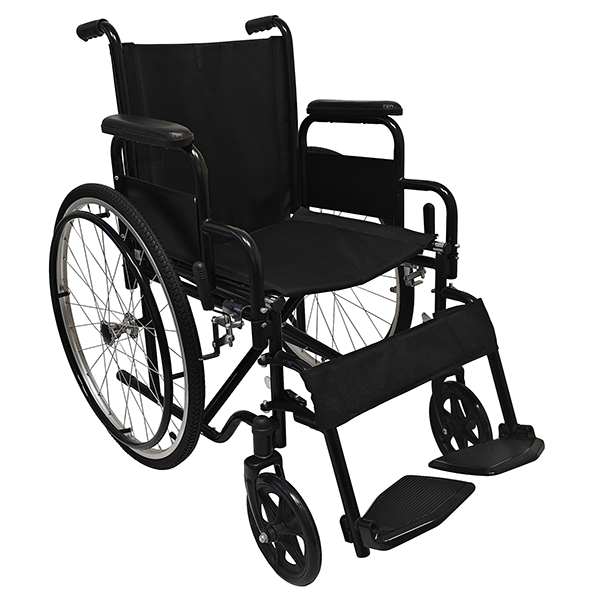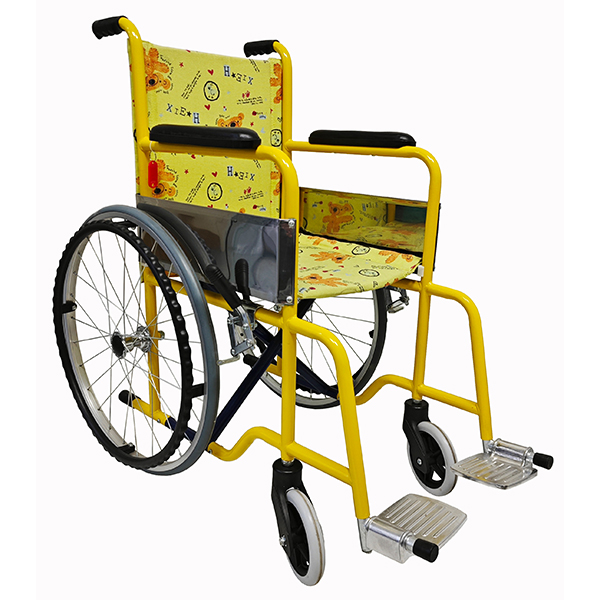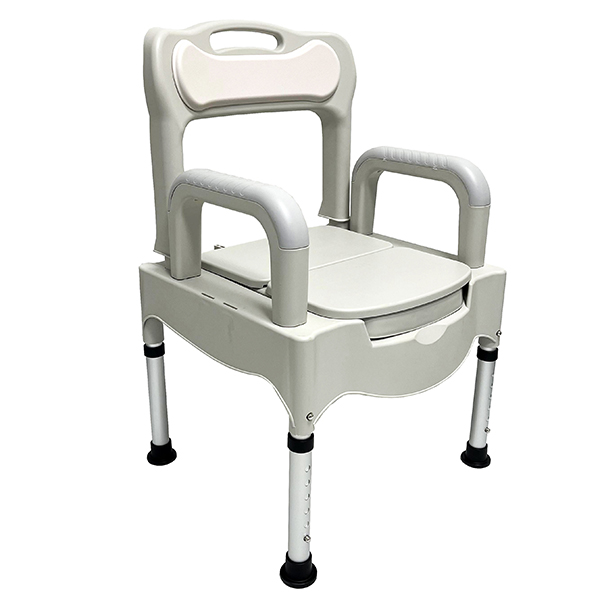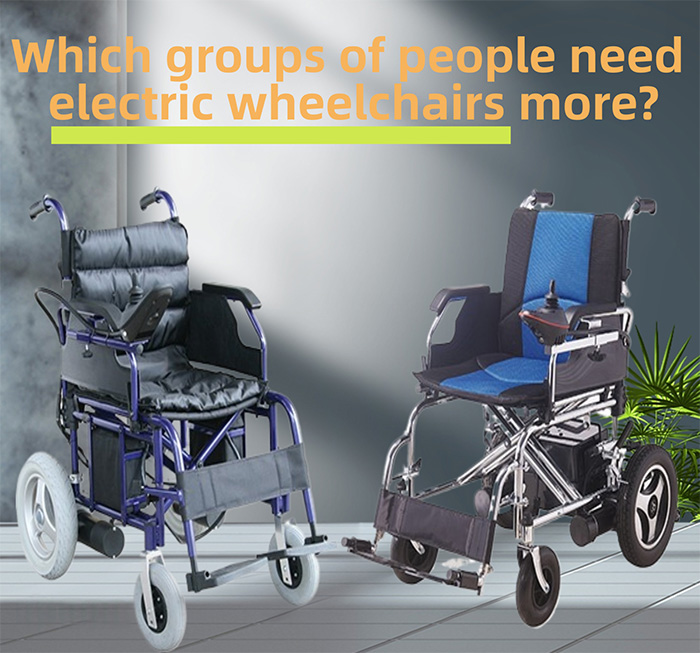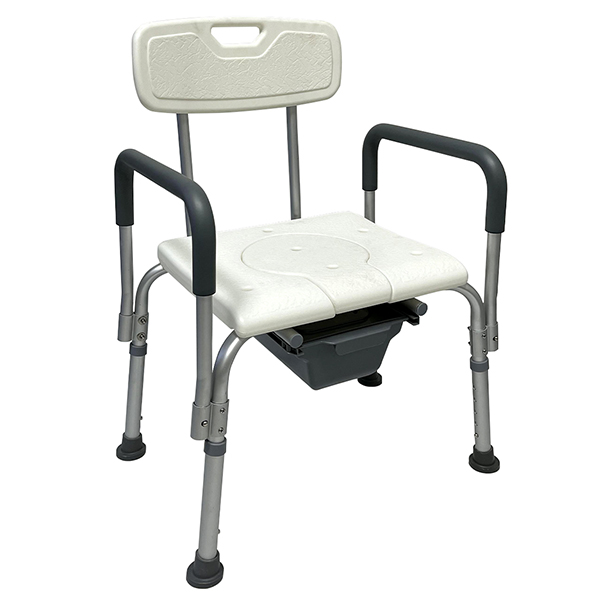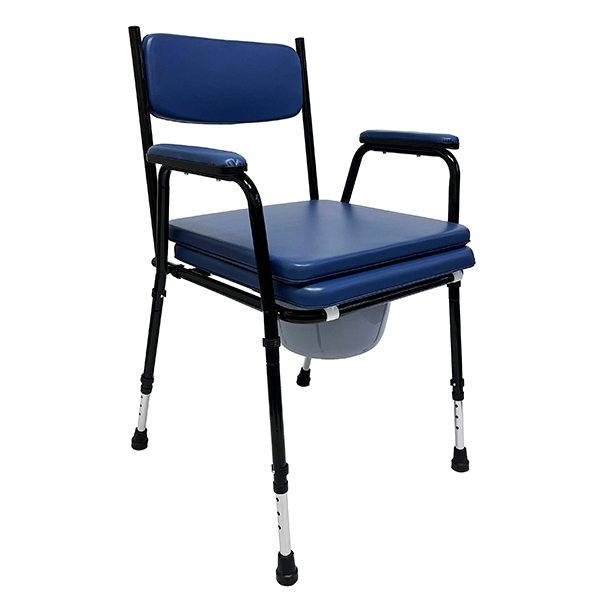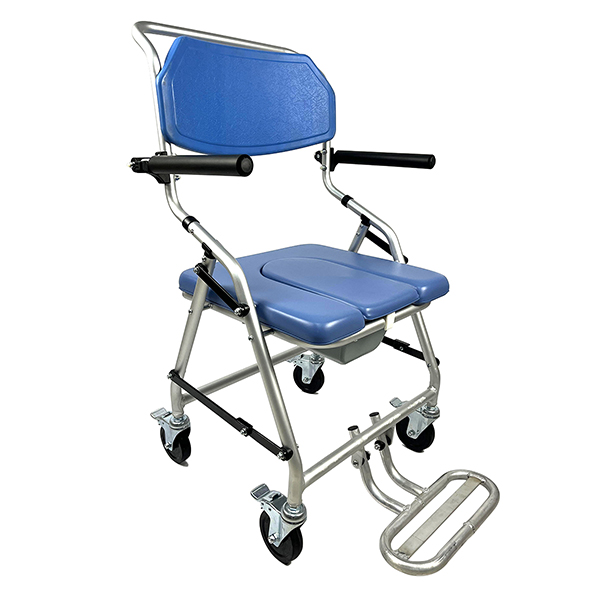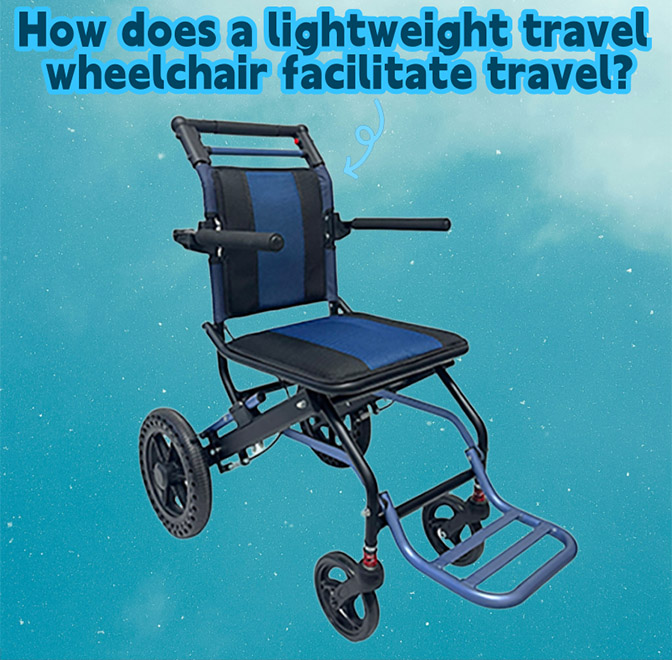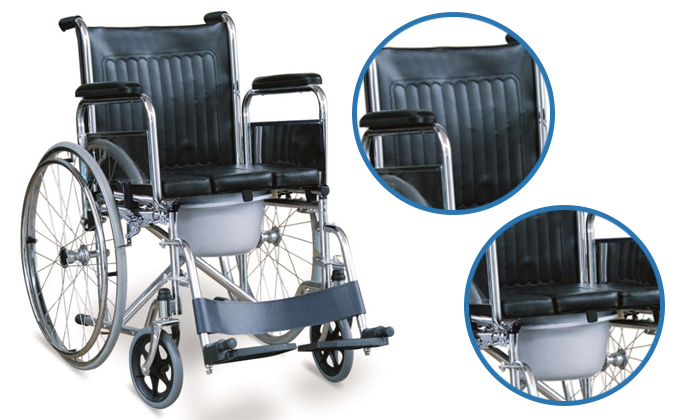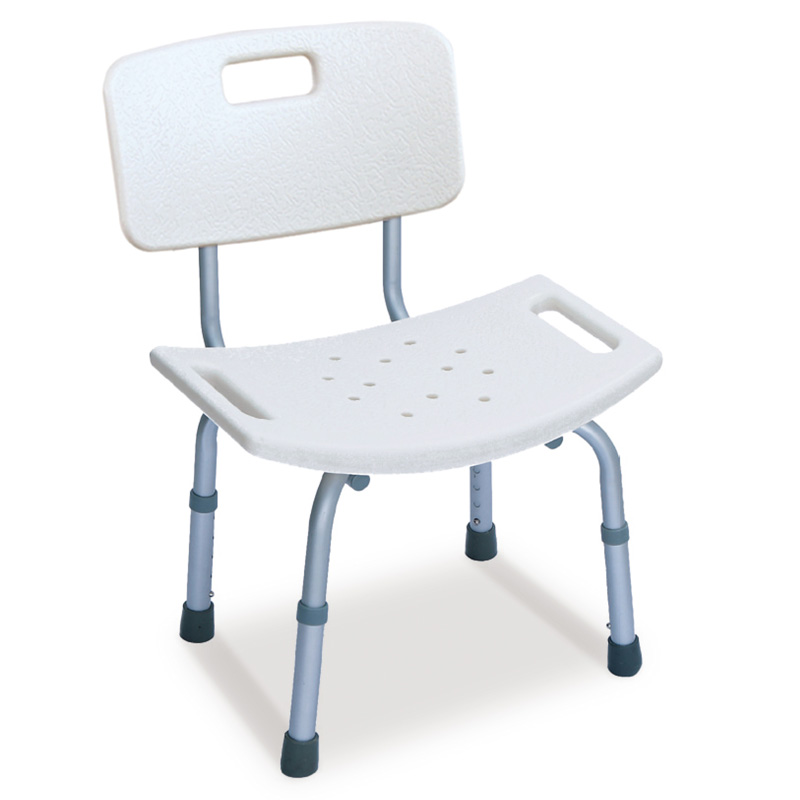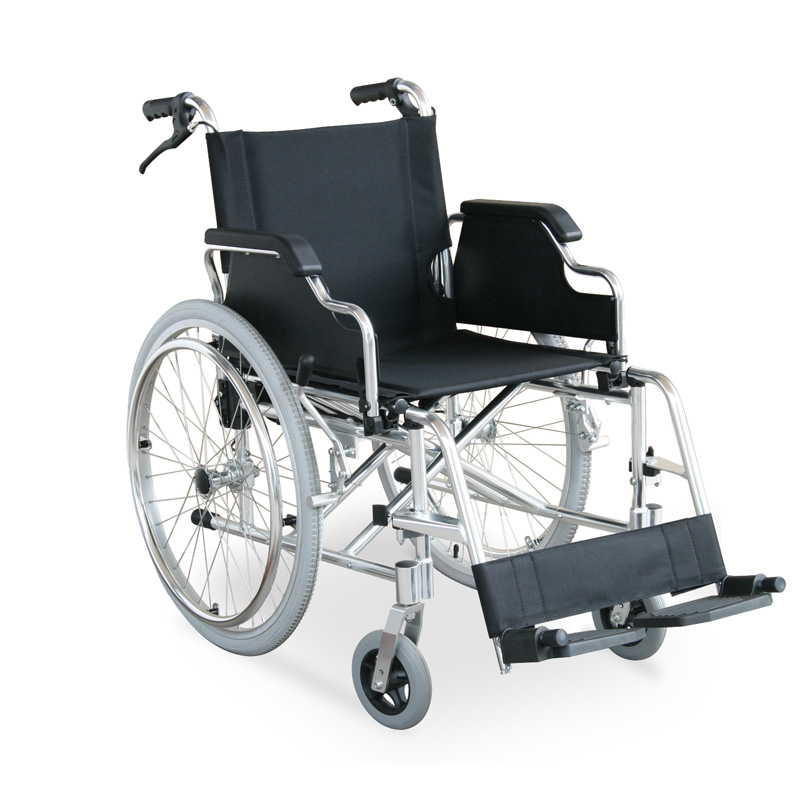Why do people with cerebral palsy use wheelchairs?
Why do people with cerebral palsy use wheelchairs?
Cerebral palsy is a group of permanent conditions that affect movement and posture, usually due to impaired brain development. Wheelchairs, especially cerebral palsy wheelchair, are one of the most common mobility aids for people with cerebral palsy. In this blog post, we will explore the reasons why people with cerebral palsy use wheelchairs, the types of wheelchairs they use, and the features and benefits of cerebral palsy wheelchairs.
What is a cerebral palsy wheelchair?
A cerebral palsy wheelchair is a specialized mobility device designed to meet the unique needs of people with cerebral palsy. They often come with a variety of accessories and features to enhance comfort, support, and functionality.

Features of a standing cerebral palsy wheelchair
Postural support: One of the most important features of a cerebral palsy child wheelchair is its ability to provide excellent postural support. Cushions, backrests, and head supports help users maintain a stable and upright posture, reduce the risk of pressure sores, and promote better breathing and digestive function.
More accessories: Specialized headrests, footrests, and armrests, as well as positioning aids such as wedges, saddle bridges, and abduction pillows. These cerebral palsy child wheelchair accessories can help improve balance, stability, and control, and can also provide additional support for patients with more severe disabilities.
Mobility and maneuverability: Depending on the individual's functional and mobility level, cerebral palsy child wheelchair can be either a powered wheelchair or manual wheelchair. Powered wheelchair offer greater independence and mobility for people with limited upper body strength or control, while manual wheelchair are a good choice for those with more strength and coordination.
What kind of wheelchair does a person with cerebral palsy need?
The type of wheelchair a person with cerebral palsy needs depends on several factors, their age, functional level, and specific physical challenges. The most common types of wheelchairs for people with cerebral palsy include:
Standard manual wheelchair: Manual wheelchair is the most basic type of wheelchair and is suitable for people with cerebral palsy who have a caregiver or who have a strong upper body. Manual wheelchair can be customized with a variety of accessories to improve comfort and support.
Specialty manual wheelchair: For individuals with more severe cerebral palsy or specific physical challenges, specialty manual wheelchair may be required. These may include lightweight manual wheelchairs, rigid-frame wheelchairs, or sports manual wheelchairs, which are designed for specific activities and offer greater performance and maneuverability.
Standing cerebral palsy wheelchair: Standing cerebral palsy wheelchair are designed to allow people with cerebral palsy to stand and maintain an upright position for a period of time. Standing cerebral palsy wheelchair can provide a variety of benefits, including improved circulation, digestive and respiratory function, and a reduced risk of bedsores and muscle contractures.
How to Use a Cerebral Palsy Wheelchair
Using a lightweight folding reclining wheelchair requires proper training and instruction to ensure safety and effectiveness. Here are some general tips for using a lightweight folding reclining wheelchair:
Proper seating and positioning: Make sure the user is properly seated and positioned in the standing cerebral palsy wheelchair to prevent discomfort. The seat of the manual wheelchair should be adjusted to the correct position for use. The backrest of a manual wheelchair should provide adequate support for the user's back and shoulders.
Using wheelchair controls: If the wheelchair is electric, the user will need to learn how to operate the controls, such as a joystick or other input device. It is important to practice using the controls in a safe, controlled environment before using the Standing cerebral palsy wheelchair in public.
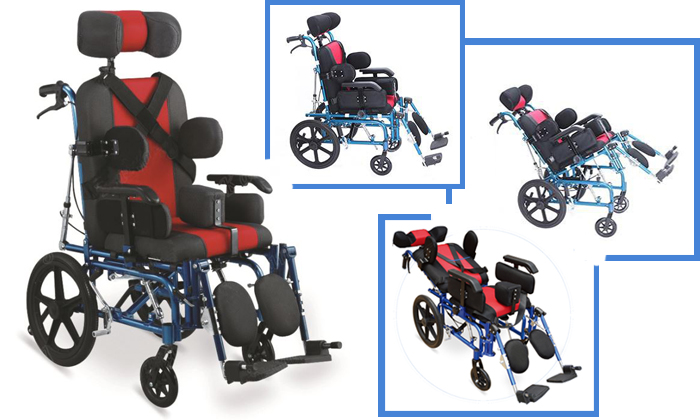
Why is it best for cerebral palsy patients to use a lightweight folding reclining wheelchair?
There are several reasons why it is best for people with cerebral palsy to use a specialized lightweight folding reclining wheelchair:
Improved mobility and independence: Cerebral palsy child wheelchair allow patients to move more freely and independently, which can have a significant impact on their quality of life. By being able to access different environments and participate in activities, people with cerebral palsy can increase social interaction, educational opportunities and employment prospects.
Enhanced comfort and support: Specialized cerebral palsy child wheelchair are designed to provide optimal comfort and support. By maintaining proper body alignment and posture, people with cerebral palsy can also prevent muscle imbalances and bone deformities, further improving their overall health and well-being.
Cerebral palsy child wheelchair play a vital role in the lives of people with cerebral palsy, providing them with the mobility, independence, and support they need to live a fulfilling life. By understanding the different types of lightweight folding reclining wheelchair, their features and benefits, and how to properly use and maintain a wheelchair, people with cerebral palsy and their families can choose the best wheelchair for their mobility needs.
-
Please visit Steel Lightweight Transport Foldable Wheel Chair
This Steel Lightweight Wheelchair is a great helper for those with limited mobility for short trips. When users go to the hospital for medical treatment, this Steel Lightweight Wheelchair provides a comfortable ride and reduces physical exertion. When visiting parks or shopping, this Steel Lightweight Wheelchair can move flexibly among the crowd, meeting the needs of daily activities.This Comfort Foldable Wheelchair, with its practical design, effectively solves the travel problems of those with limited mobility.This Multifunctional Manual Wheelchair makes users' daily travel more convenient and freer.
-
Please visit Adult Folding Wheelchair Portable Folding Wheelchair
JL901 This foldable propedded transport wheelchair has a steel frame with a crossover design to make the foldable propedded transport wheelchair more stable and secure. The foldable propedded transport wheelchair can be easily stored after folding to save space. Suitable for most people.
-
![Portable Shower Chair Commode Chair]()
Portable Shower Chair Commode Chair
The portable household toilet chair is very useful. When the elderly have difficulty in moving, placing a bedside commode chair in the bedroom can avoid frequent trips to the bathroom.Patients stay in bed after surgery, and a bedside commode chair can reduce the burden of getting up.
-
![Which groups of people need electric wheelchairs more?]()
Which groups of people need electric wheelchairs more?
For the elderly, aluminum electric wheelchair are effortless to push, making grocery shopping and strolling a breeze. For those undergoing surgery, aluminum electric wheelchair can reduce the load on their lower limbs and aid recovery. For those with lower limb disabilities, steel electric wheelchair allow them to travel independently.The steel electric wheelchair offer numerous conveniences. The steel electric wheelchair play a vital role, helping those with mobility impairments reduce their dependence on others. The portable folding electric wheelchairtruly add confidence and freedom to life.
-
![JIANLIAN HOMECARE PRODUCTS CO., LTD participated in MEDICA Germany 2024]()
JIANLIAN HOMECARE PRODUCTS CO., LTD participated in MEDICA Germany 2024
Jianlian Home Furnishings will attend the MEDICA exhibition held at the Düsseldorf Exhibition Center from November 11 to 14, 2024, booth 16, C54-8. MEDICA is a top medical event with thousands of exhibitors, elites from all walks of life and rich programs. Welcome to visit.
-
![Manual Wheelchair With Toilet Commode For Elderly]()
Manual Wheelchair With Toilet Commode For Elderly
Get the latest price? We will reply as soon as possible (within 12 hours)

